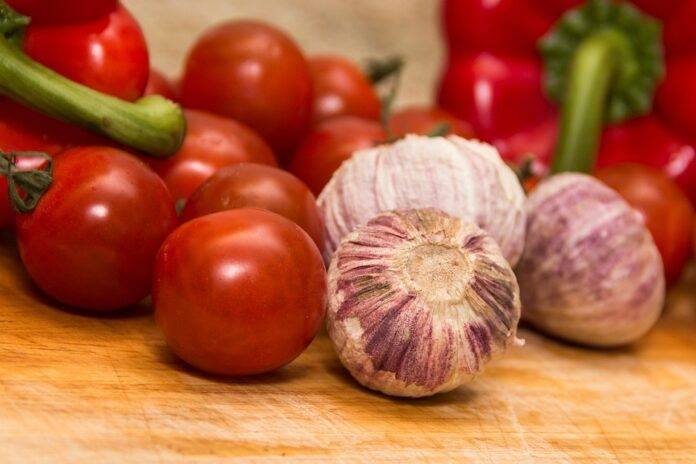Introduction
Garlic is a staple ingredient in many cuisines around the world, known for its unique flavor and health benefits. However, in recent years, consumers have been facing increasing prices for this popular spice. This rise in garlic prices is directly linked to inflation, a phenomenon that affects the prices of goods and services across the economy. In this report, we will explore why garlic prices are rising, the impact of inflation on these prices, and what it means for consumers.
Garlic Production and Demand
Garlic is grown in many countries, with China being the largest producer, accounting for over 80% of the world’s garlic supply. Other major producers include India, South Korea, and Egypt. The demand for garlic has been steadily increasing due to its culinary uses and perceived health benefits, leading to a growing global market for this spice.
Factors Driving Garlic Prices Up
Several factors have contributed to the rise in garlic prices in recent years. One key factor is the increase in production costs, including labor, fertilizer, and transportation costs. As these costs rise, garlic farmers are forced to raise their prices to maintain profits. Additionally, fluctuations in weather patterns and natural disasters can impact garlic crops, leading to shortages and higher prices.
Inflation and Its Impact on Garlic Prices
Inflation is the general increase in prices of goods and services in an economy over time. When inflation occurs, the purchasing power of consumers decreases, as they need to spend more money to buy the same amount of goods. This phenomenon directly impacts the prices of agricultural products like garlic, as farmers pass on their increased production costs to consumers.
Example Scenario:
Let’s say that in a year with high inflation rates, the cost of labor, fertilizer, and transportation for garlic farmers increases by 10%. To maintain their profit margins, these farmers raise their prices by 10% as well. As a result, the price of garlic at the grocery store increases by 10%, reflecting the impact of inflation on consumer prices.
Impact on Consumers
The rising prices of garlic due to inflation have a direct impact on consumers, particularly those with limited budgets. As the cost of garlic and other essential goods increases, consumers may need to adjust their spending habits and prioritize their purchases. This can lead to changes in dietary choices and overall consumption patterns, as consumers seek more affordable alternatives to expensive ingredients like garlic.
Conclusion
In conclusion, the increase in garlic prices is a direct result of inflation, a complex economic phenomenon that affects prices across the economy. As production costs rise and demand for garlic grows, consumers are facing higher prices for this popular spice. It is important for consumers to be aware of these factors and make informed decisions about their purchases in light of rising inflation and its impact on garlic prices.




